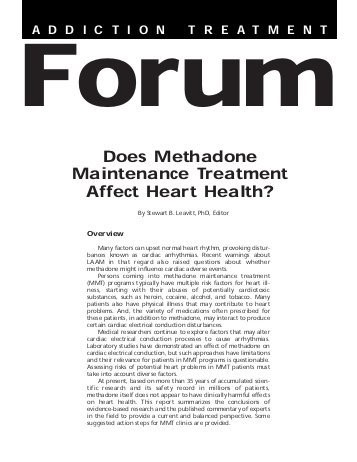Methadone Clinics Kenosha WI
Home
Methadone Clinics Kenosha WI Information
Methadone was introduced into the United States in 1947 by Eli Lilly and Company as an analgesic under the trade name Dolophine,[63] which is now registered to Roxane Laboratories. When the receptionist calls up patient histories, they are alerted if the patient is out of compliance. In some cases, drug interactions with other drugs, both licit and illicit, have been suspected. This is not a complete list of side effects that can occur with methadone.
A medical examination is given prior to administration of the methadone, and new patients are often tested for certain conditions which are known to be prevalent in addict populations, such as HIV, hepatitis, and tuberculosis. The Charleston Gazette reported, "The old language about the 'usual adult dose' was potentially deadly, according to pain specialists."[43] Pharmacology[edit] Methadone acts by binding to the µ-opioid receptor, but also has some affinity for the NMDA receptor, an ionotropic glutamate receptor. Meds given rectally are absorbed much faster than orally.
More Information About methadone tablets 10mg

Extra Resources For effects of methadone withdrawal Kenosha WI
However, no effects were reported in rats and rabbits at oral doses up to 40 mg/kg (estimated exposure was approximately 3 and 6 times, respectively, a human daily oral dose of 120 mg/day on a mg/m² basis) administered during days 6 to 15 and 6 to 18, respectively. A common problem in treating methadone overdoses is that, given the short action of naloxone (versus the extremely longer-acting methadone), a dosage of naloxone given to a methadone-overdosed person will initially work to bring the person out of overdose, but once the naloxone wears off, if no further naloxone is administered, the person can go right back into overdose (based upon time and dosage of the methadone ingested).
Here are Some More Details on methadone tablets 10mg
However, research has shown that up to 80% of patients who stop methadone maintenance will return to opioid abuse within 3 years. Opioid Antagonists, Mixed Agonist/Antagonists, And Partial Agonists As with other mu-agonists, patients maintained on methadone may experience withdrawal symptoms when given opioid antagonists, mixed agonist/antagonists, and partial agonists.
Much more Resources For effects of methadone withdrawal Kenosha WI
John’s Wort, Phenobarbital, Carbamazepine Administration of methadone along with other CYP3A4 inducers may result in withdrawal symptoms. Methadone is a pain pill used for chronic severe pain and also used for opiate detox it is very strong and will last for 24-36 hrs but takes 1-2hrs to fully kick in so b careful do not inject because it will not give u a rush Where can you get methadone? Hypotensive Effect The administration of methadone may result in severe hypotension in patients whose ability to maintain normal blood pressure is compromised (e.g., severe volume depletion). Some of the most common side effects are as follows: Methadone can help you overcome opiate addiction! Methadone also acted as a potent, noncompetitive α3β4 neuronal nicotinic acetylcholine receptor antagonist in rat receptors, expressed in human embryonic kidney cell lines.[45] [edit] Methadone has a slow metabolism and very high fat solubility, making it longer lasting than morphine-based drugs. This allows your pharmacist to keep a complete record of all your prescription drugs and advise you about drug interactions and side effects. If you use methadone while you are pregnant, your baby could become dependent on the drug. With that being said it is important to know what size or how many MG. they are. Think twice before switching, if you want to be addicted worse then be my guest! This is not a complete list of side effects and others may occur. 3 times a human daily oral dose of 120 mg/day, based on body surface area comparison. People taking methadone should contact their doctor if they: have difficulty breathing; become very drowsy and breathing slows down; have little movement of the chest with breathing; have a fast or slowed heartbeat; feel faint, extremely dizzy, confused, have irregular heartbeats or any other symptoms that are not typical.
Click Here for More Information
Previous Next
You may also like:
Methadone Clinics Topeka KS
Methadone Clinics Santa Clara CA
Methadone Clinics New York City NY
Methadone Clinics Beaumont TX
Methadone Clinics Corona CA